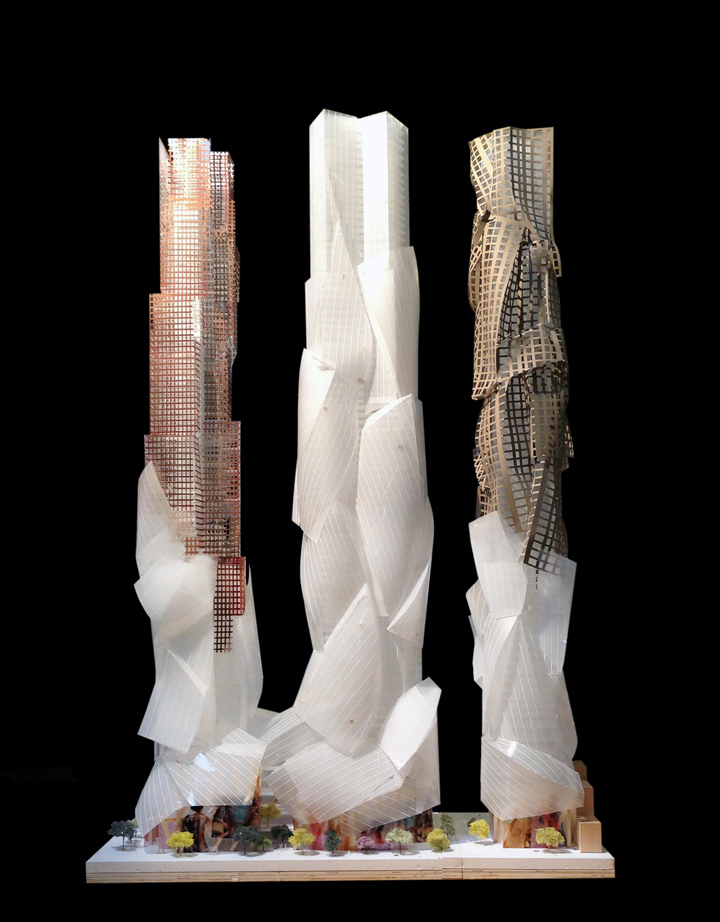What makes cities and regions stand out from one another? One common trait is how cities constantly stay current and reinvent themselves through innovation and pushing the envelope through great architecture. Community building is jointly done through public and private endeavours and these efforts have been about improving the public realm and image as well as economic development.

Within the last decade, there have been many examples close to home. New York has the High Line and the pedestrian plaza at Times Square.
Chicago has the Cloud and Crown Fountain located in Millennium Park. Also, it is in its early stages of an infrastructure bank that is meant to manage private investments for public works projects. Curitiba, Brazil, has its expansive bus rapid transit that had become a model for many cities, including Los Angeles. That has resulted in the building and expansion of the Orange Line. London has The Gherkin and The Shard.
Architecture does not come without controversy though. Planners and architects constantly deliberate about form versus function. Take the example of London’s Gherkin and The Shard. Critics of the Gherkin and the Shard have stated that they have ruined London’s skyline. Meanwhile, projects such as Frank Gehry’s Disney Hall have been a catalyst for growth on Los Angeles’ Grand Avenue (albeit a few years later). Coincidentally, it is Gehry and David Mirvish’s King Street mixed use proposal that is stirring up controversy. With this project, it must strike a balance between what is deemed good planning and great architecture.

Get breaking National news
Unfortunately, Toronto’s fixation with its past, together with its risk-averse, conservative nature is its trojan horse. The recent condo and office boom has created some decent looking buildings that have incorporated its ties to the past such as the proposed Massey Tower, the revitalization of Union Station and the Distillery District. But heritage preservation has run amok and the city is at a tipping point. The recent debate surrounding the reinstallation of the Sam the Record Man sign on the campus of Ryerson University has stirred some controversy. A decision on what to do with the sign has been put on hold until a staff report has been finalized. Whatever occurs, this will set a precedent for the future of the Honest Ed’s at Bathurst and Bloor. Renowned urban designer Ken Greenberg recently presented at a charrette for the West Annex, which has incorporated the Honest Ed’s site into its vision. This is where form and function could potentially intersect.
Designing new buildings should be about creating a vision for the city and establishing a presence on the world stage. Redefining Mississauga’s city centre has included the award winning Absolute Towers. These towers create a statement regarding the city’s direction. But it’s not just the architecture. Planning is about making rational, economic land use decisions. Both outcomes should benefit the community, surrounding businesses and be cohesive for the common good. Partnerships between public and private sector should be forged to make projects successful.
Visionaries such as Ed Bacon (former Philadelphia Chief Planner), Antonio Villaraigosa and Janette Sadik-Khan pushed the envelope. Building a better Toronto should be about taking risks and making a statement on the world stage.










Comments